Achieving scalability and decentralization in blockchain technology has always been a formidable challenge. Enter Monad, a revolutionary Ethereum-compatible Layer 1 (L1) blockchain that aims to tackle these issues directly. Through innovative optimizations, Monad sets a new benchmark in blockchain performance, offering a throughput of 10,000 transactions per second (TPS). This article delves into the distinctive features of Monad, including its consensus mechanism, execution model, and the advantages it provides to developers and users.
What is Monad?
Monad is a high-performance L1 blockchain seamlessly integrated with the Ethereum ecosystem. It significantly enhances the balance between decentralization and scalability. By implementing four crucial optimizations, Monad achieves an impressive TPS of 10,000:
- MonadBFT
- Deferred Execution
- Parallel Execution
- MonadDB
These improvements address existing bottlenecks while maintaining full compatibility with Ethereum’s EVM bytecode and RPC API. This compatibility allows Ethereum applications, developer tools, wallets, and analytics platforms to integrate effortlessly with Monad and benefit from its enhanced performance.
Key Concepts of Monad
Pipelining
Pipelining is a technique that increases throughput by dividing tasks into smaller parts, which can be processed in parallel. This method is used in computer processors to execute a series of instructions sequentially at the same clock rate. For example, when doing laundry, starting the second load while the first one dries optimizes the process. Similarly, pipelining allows Monad to perform tasks more efficiently by utilizing multiple resources simultaneously.
A simple example of pipelining:
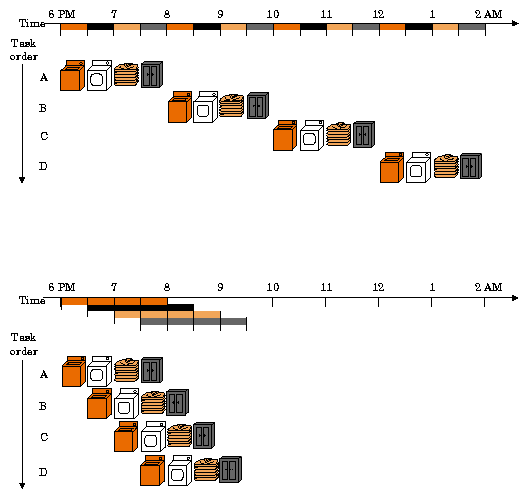
Asynchronous I/O
Asynchronous I/O enables the CPU to continue executing tasks concurrently while communication is in progress. Since disk and network operations are much slower than CPU processes, asynchronous I/O allows the CPU to initiate an I/O operation and continue executing other instructions that do not depend on the I/O result. This significantly enhances performance by preventing the CPU from being idle during I/O operations.
Some rough comparisons for illustration purposes:
| Device | Latency | Bandwidth |
| CPU L3 Cache | 10 ns | >400 GB/s |
| Memory | 100 ns | 100 GB/s |
| Disk (NVMe SSD) | 400 us | 380 MB/s |
| Network | 50 – 200 ms | 1 Gb/s (125 MB/s) |
Monad’s consensus mechanism
The Heart of Monad – MonadBFT
MonadBFT is a high-performance consensus mechanism designed to achieve agreement on transaction ordering under partially synchronous conditions in the presence of Byzantine actors. It is a derivative of HotStuff, with improvements proposed in Jolteon/DiemBFT/Fast-HotStuff, reducing the number of rounds from three to two by utilizing quadratic communication complexity in the event of a leader timeout.
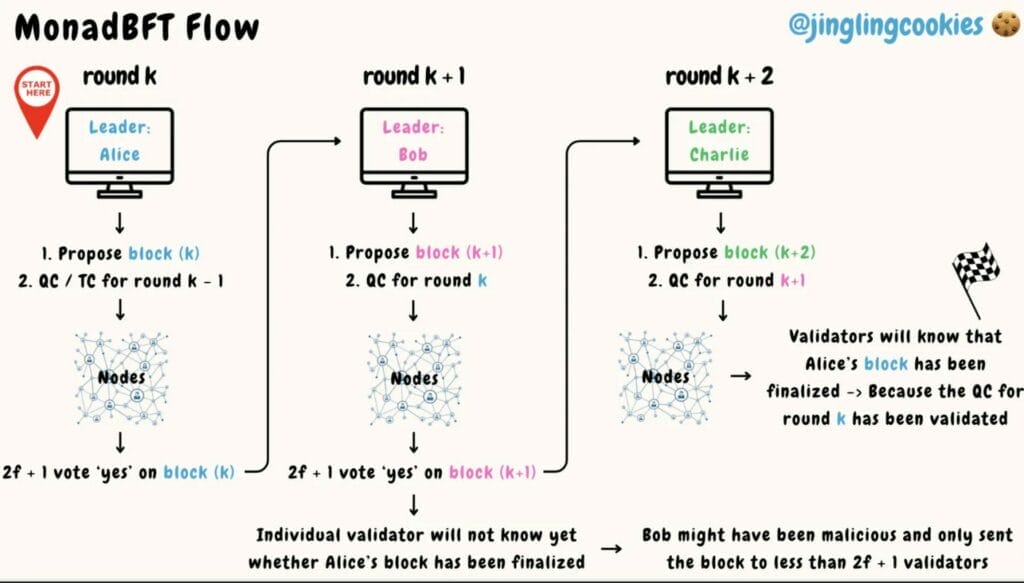
And here’s MonadBFT Flow:
- Round k:
- Leader Alice proposes block (k)
- Validator nodes review block (k) for adherence to protocol rules and vote accordingly
- Signed votes will be sent to the leader in the next round k + 1
- Round k + 1
- Leader Bob proposes block (k + 1) + QC from round k
- Validator nodes see QC for round k, but block (k) is not finalized yet
- Validator nodes review block (k + 1) for adherence & vote
- Signed votes are sent to the leader for round k + 2
- Round k + 2
- Leader Charlie proposes block (k + 2) + QC from round k + 1
- At this point, upon QC from round k + 1, validators can affirm that block (k) has been finalized
Shared Mempool
Block propagation on Ethereum is a significant bottleneck. Monad addresses this issue by propagating blocks using their hash instead of the entire block. For example, if a block contains 10,000 transactions, traditional propagation would require transmitting 5MB of data. However, with Monad’s approach, only 32 bytes are propagated, making the process much more efficient.
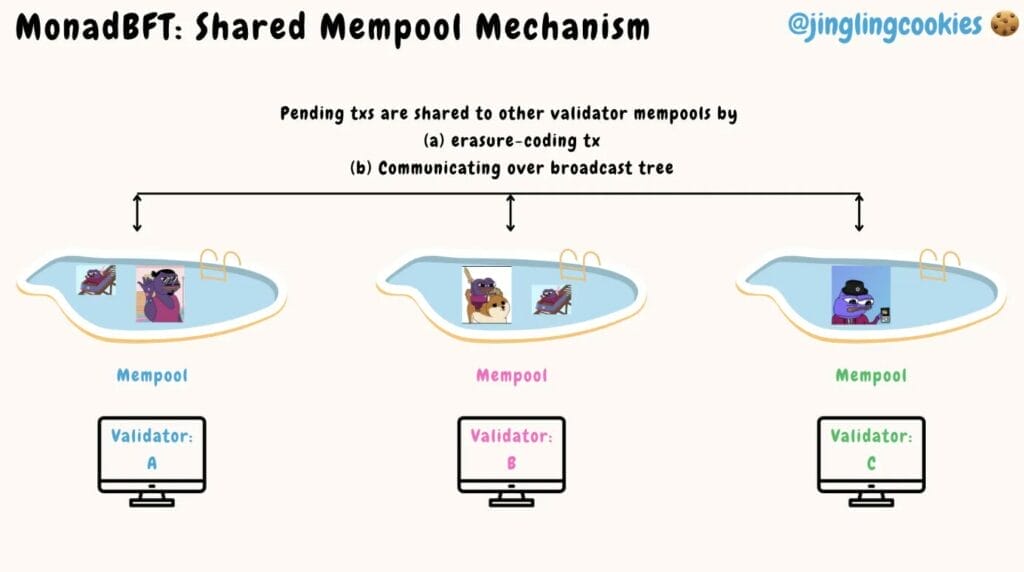
Deferred Execution
One of Monad’s novel aspects is decoupling execution from consensus. Consensus involves nodes agreeing on the official transaction order, while execution entails actually processing those transactions. Monad allows nodes to agree on the transaction order without executing them immediately, significantly speeding up the process. This design enables Monad to scale efficiently and handle millions of users on a single-shard blockchain.
Carriage Cost and Reserve Balance
Carriage Cost
Monad introduces a carriage cost for carrying transactions over the network in a block, separate from the execution cost. This cost prevents spam and reflects the utilization of network resources. If a transaction is included in consensus but lacks sufficient execution budget, it will fail but still be charged up to the point of failure, similar to Ethereum.
Reserve balance
For each address, nodes maintain two balances: a reserve balance for the carriage cost and an execution balance for transaction execution. The carriage cost is charged to the reserve balance during consensus and deducted from the execution balance at execution time, with the amount repaid to the reserve balance after a delay. This system ensures that only paid transactions are included in blocks, maintaining network efficiency.
Teams
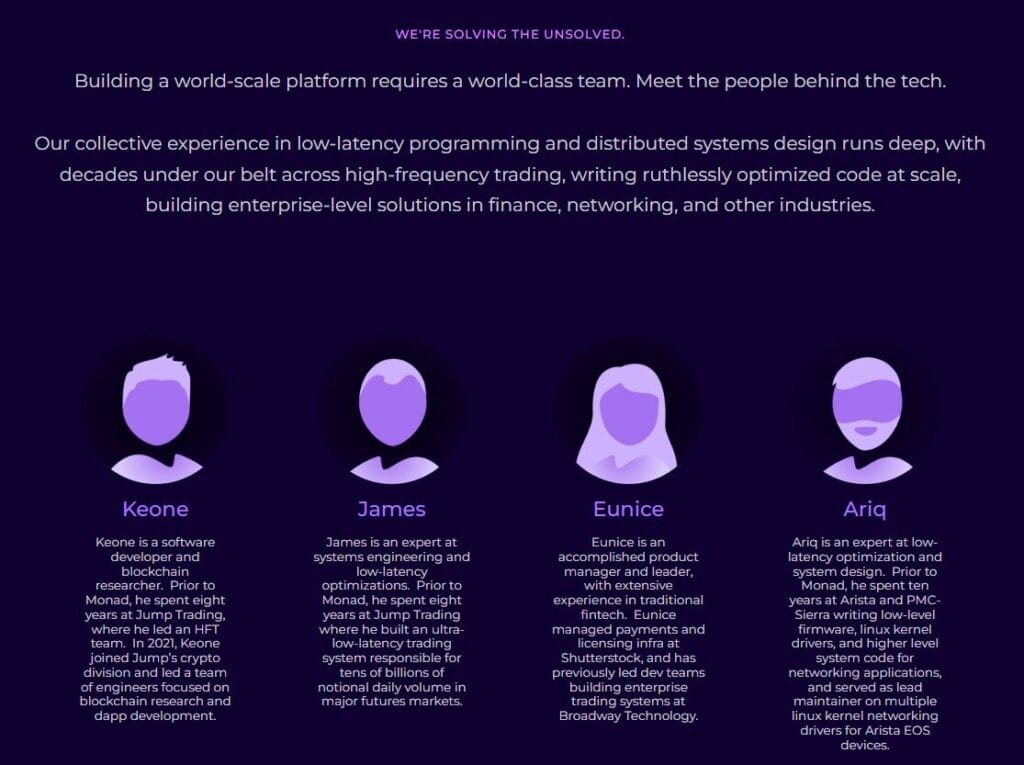
Investors
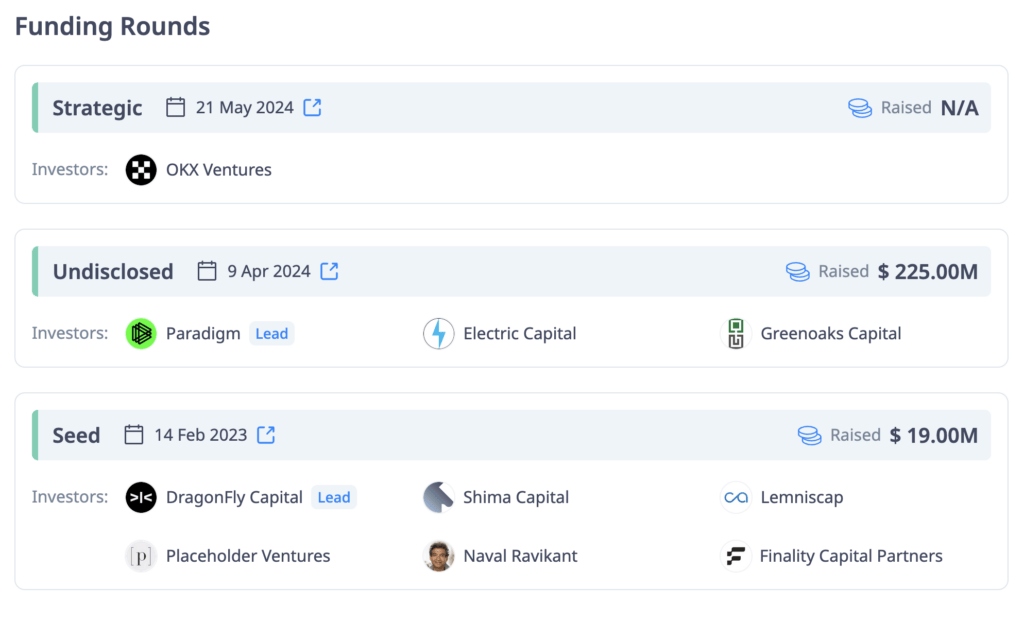
Conclusion
Monad represents a significant advancement in blockchain technology, addressing the long-standing challenges of scalability and decentralization. Its innovative optimizations and seamless Ethereum integration make it a powerful tool for developers and users alike, setting a new standard for blockchain performance and efficiency.
About OriginStake
Originstake is your professional and trusted validator that assists you in your staking activities. We provide full support services, a reward management dashboard, rewards sharing, and much more!
With Originstake, staking is safe, profitable, and extremely cost-effective!





